NASA found the Japanese Moon lander that crashed into the Moon
The Lunar Reconnaissance Observatory spotted Hakuto-R's impact site

ispace’s attempt to become the first private company to safely land a robot on the Moon left a mark: A NASA space telescope orbiting Earth’s nearest neighbor in space spotted the impact of the vehicle on the lunar surface.
Suggested Reading
The Japanese firm hoped its Hakuto-R mission would demonstrate the ability to safely reach the Moon so it could ride a wave of NASA and private spending on lunar cargo deliveries. It’s not an easy task; two of the three previous attempts failed. And sadly, the Hakuto lander ran out of fuel for its rocket engines as it descended toward the surface, causing it speed up and crash—a testimony to the fine margins of safety in spaceflight.
NASA’s Lunar Reconnaissance Orbiter (LRO) has been circling the Moon since 2009, carefully mapping its surface. Today, it released the first images of the impact site, which required scientists at the Goddard Space Flight Center and Arizona State University to carefully hunt for changes to the lunar surface. (The LRO did the same after SpaceIL’s Beresheet lander crashed in 2019.)
To help get your bearings, here’s a map of the Moon centered on the Atlas crater, where Hakuto-R was attempting to land.
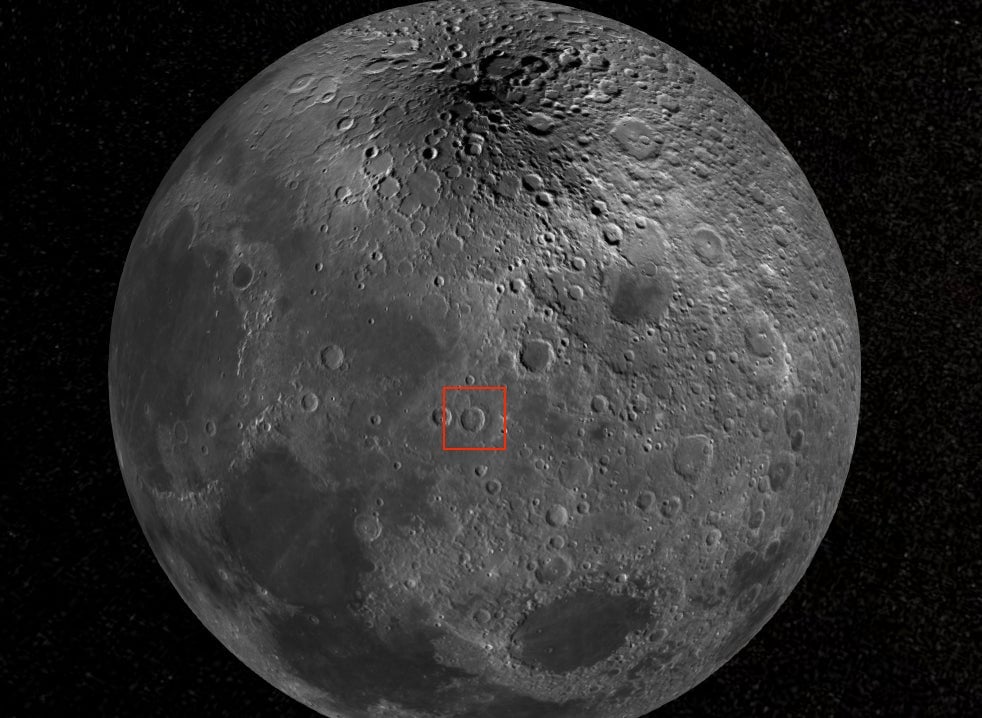
Here’s that same crater, a little closer up:
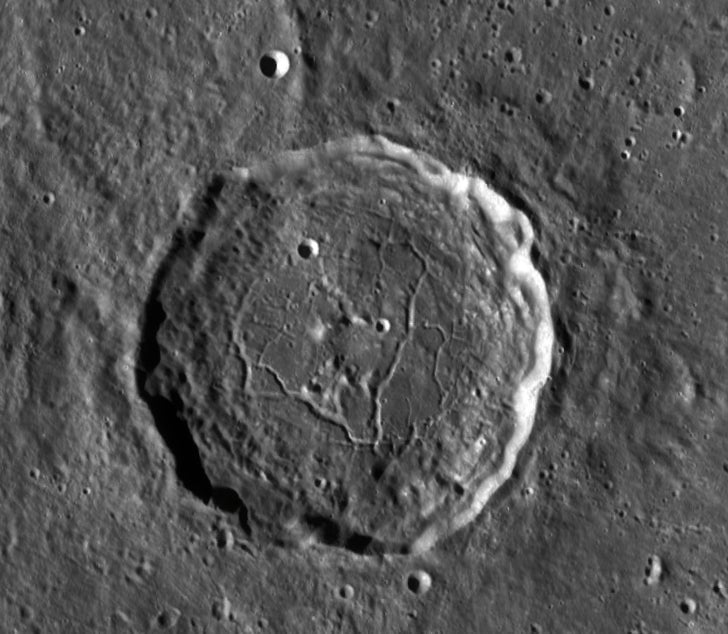
And here’s an image from LRO with the impact site pointed out:
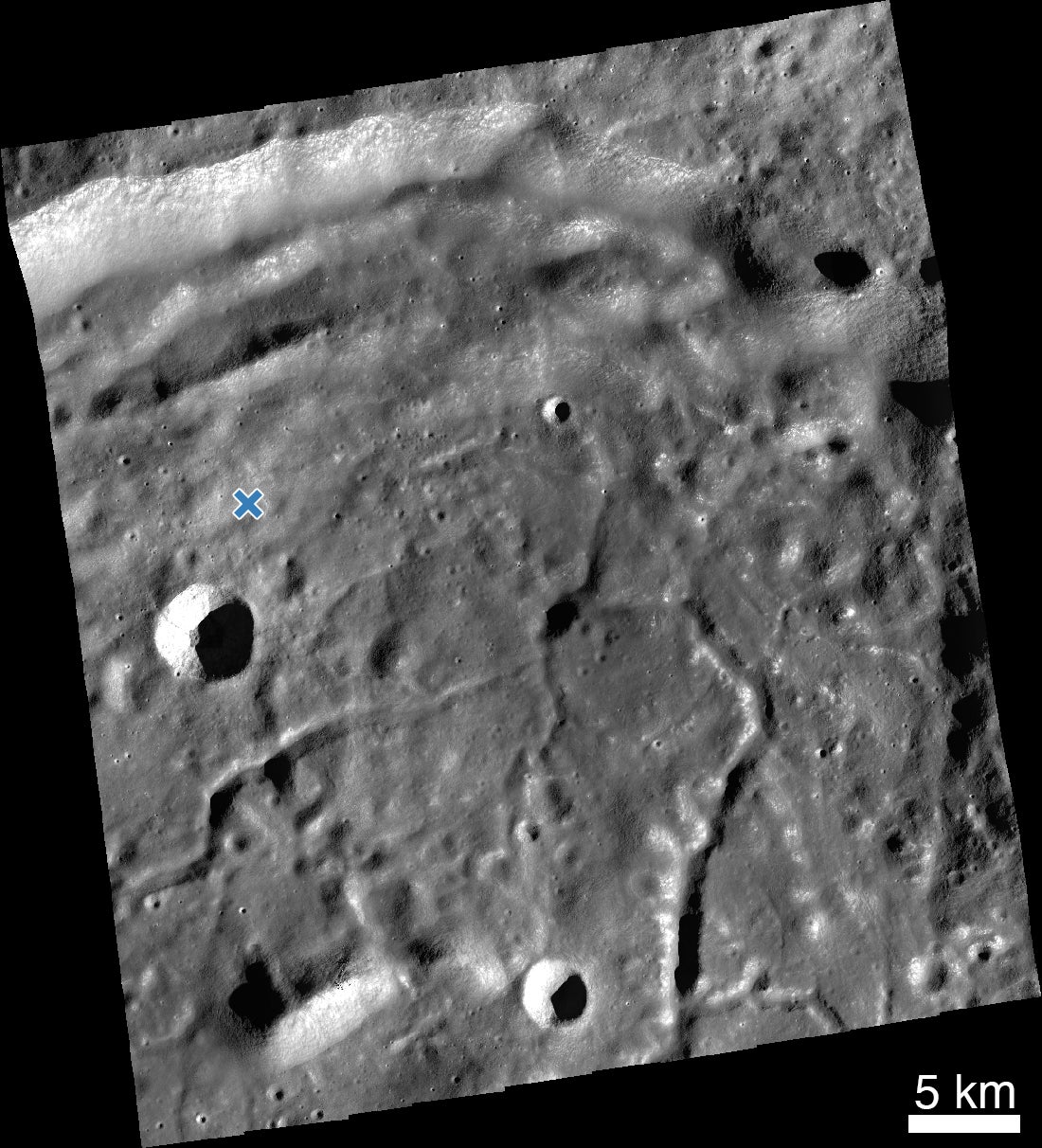
This animation compares an image taken before the landing attempt and one taken after; point A is thought to be the impact site itself, while the three other arrows highlight smaller changes that could be caused by debris tossed up after the crash.
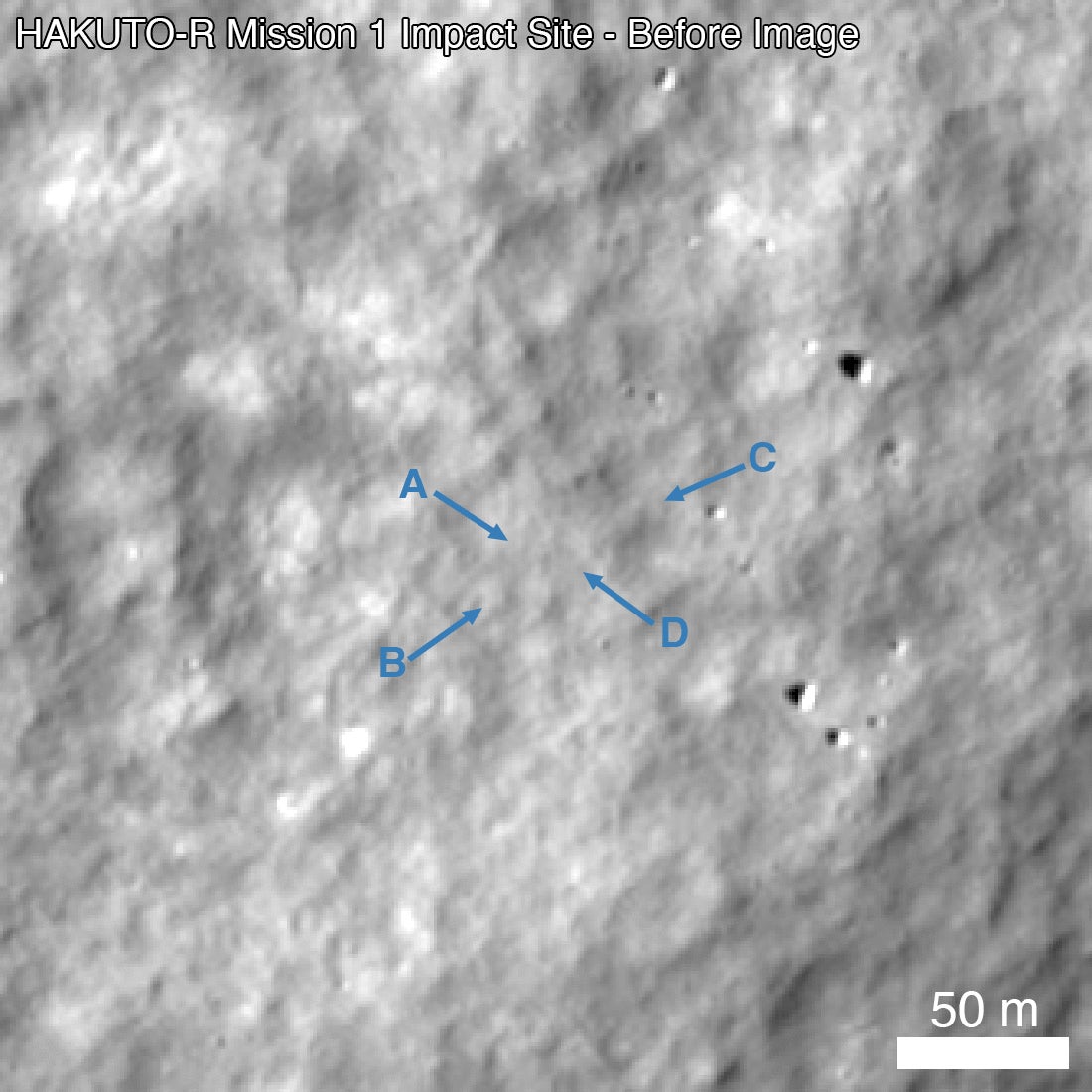
And finally, here’s an image where the scientists combine data from the before and after shots to highlight the differences between them; the impact area is approximately 60 to 80 meters across.
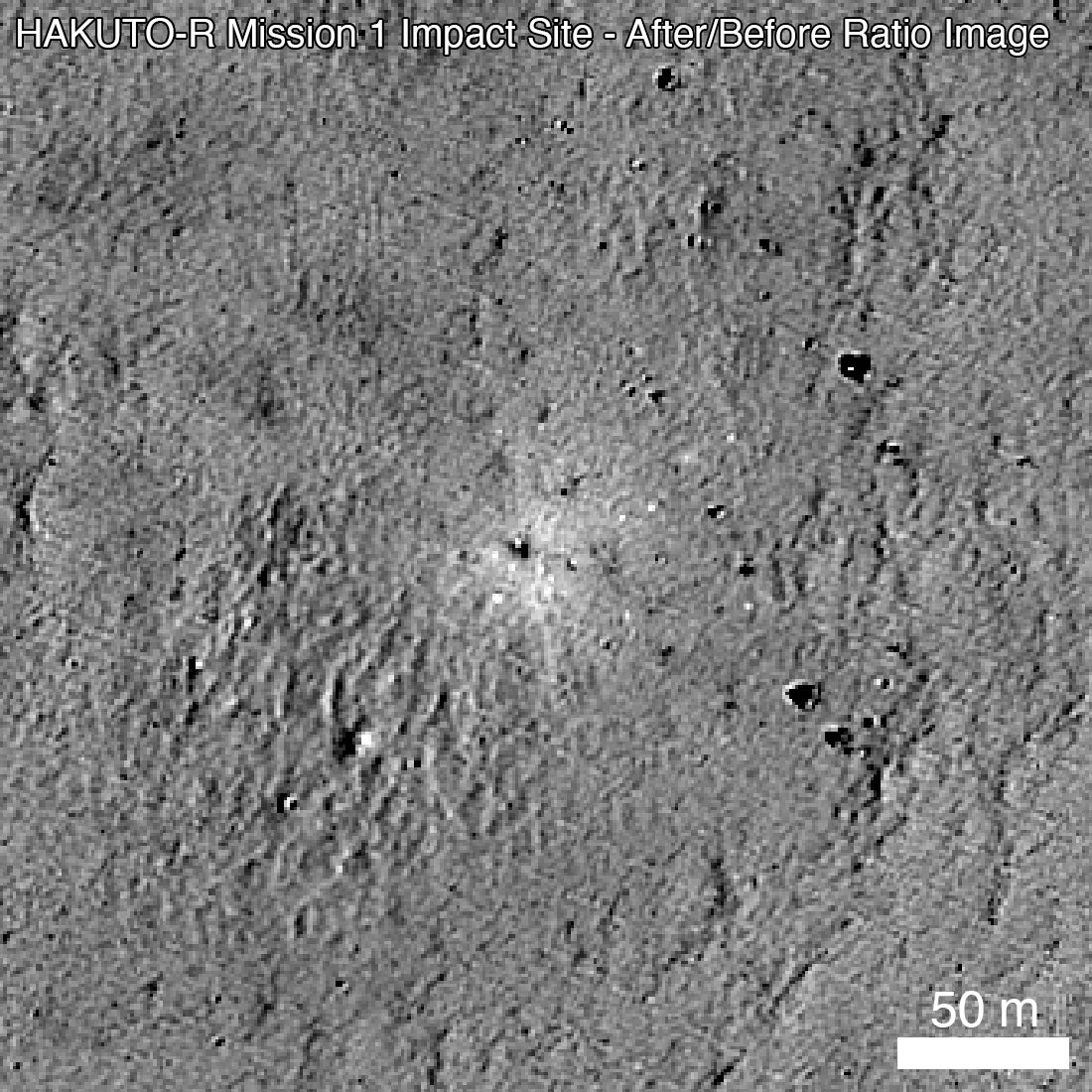
While the loss of the Hakuto lander is disappointing, ispace plans to press on with at least two more missions—another attempt with its Hakuto series lander, and a combined mission with the US firm Draper Labs, which has a contract to fly scientific instruments to the Moon for NASA.
The space agency will spend $2.6 billion hiring companies to deliver cargo to the Moon in the years ahead, with Astrobotic and Intuitive Machines hoping to launch their own landers—and vie to be the first private organization to reach the lunar surface—sometime in 2023.
